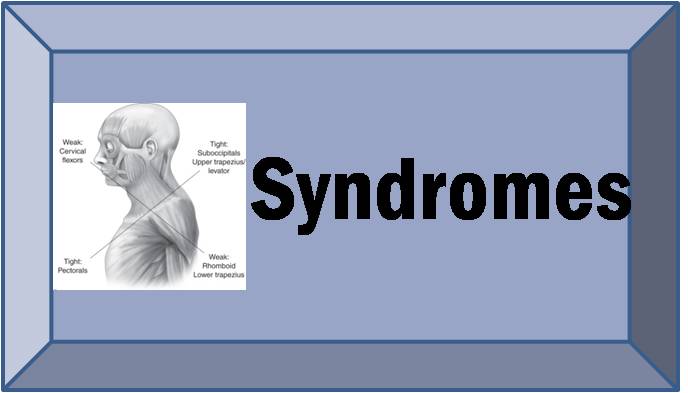Janda Evaluation
Systematic evaluation of muscular imbalance begins with static postural assessment, observing muscles for characteristic signs of hypertonicity or hypotonicity. This is followed by observation of single leg stance and gait. Static posture, gait and balance often give the best indication of the status of the sensorimotor system. Computerized force plate posturography is often valuable in quantifying sensory and motor deficits. Next, characteristic movement patterns are assessed, and specific muscles are tested for tightness or shortness. Surface electromyography is useful in quantifying muscle activation patterns. All the above information collected provides the clinician a system to determine or rule out the presence of muscle imbalance syndromes. Furthermore, identification of specific patterns and syndromes of imbalance also provides the clinician to choose appropriate interventions to address the cause of the dysfunction.












